View
View Our Live Emotion Digital Gallery
November 30, 2023
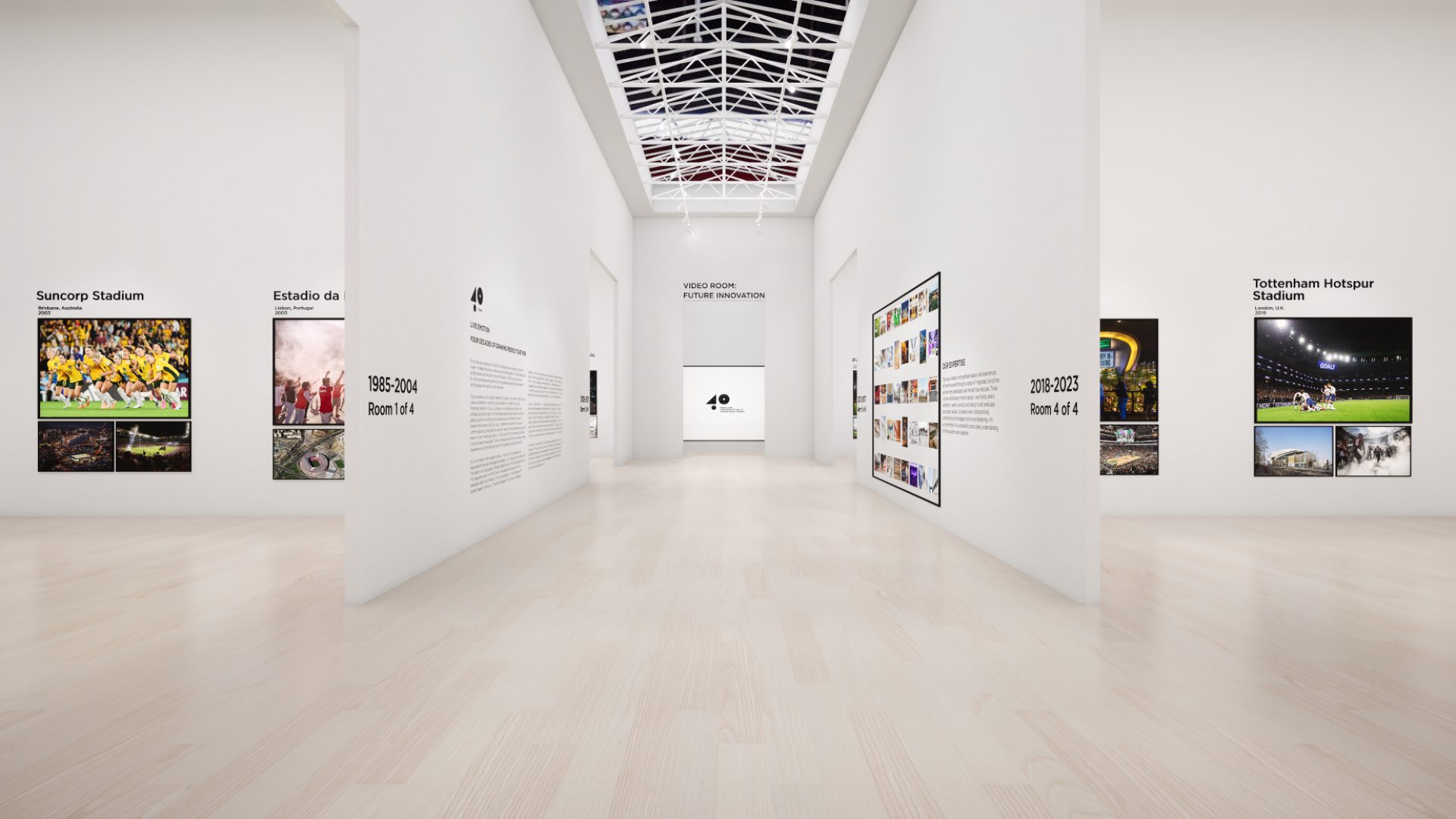
November 30, 2023

News
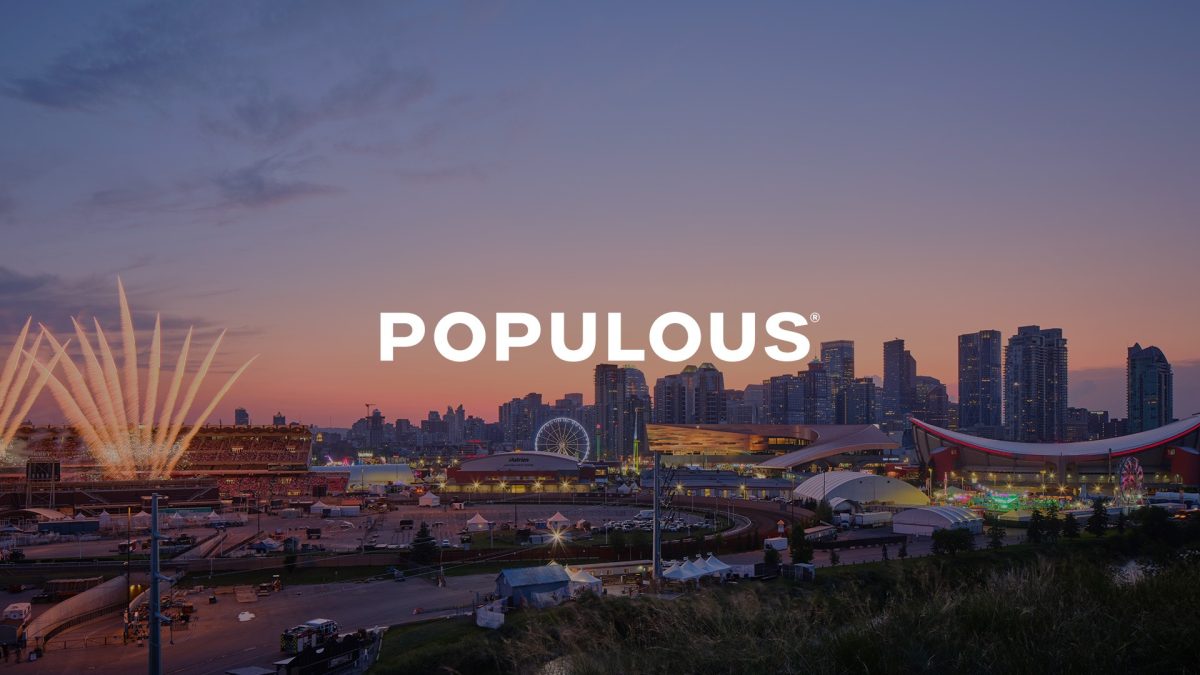
January 7, 2026

December 23, 2025
News

News

Perspectives
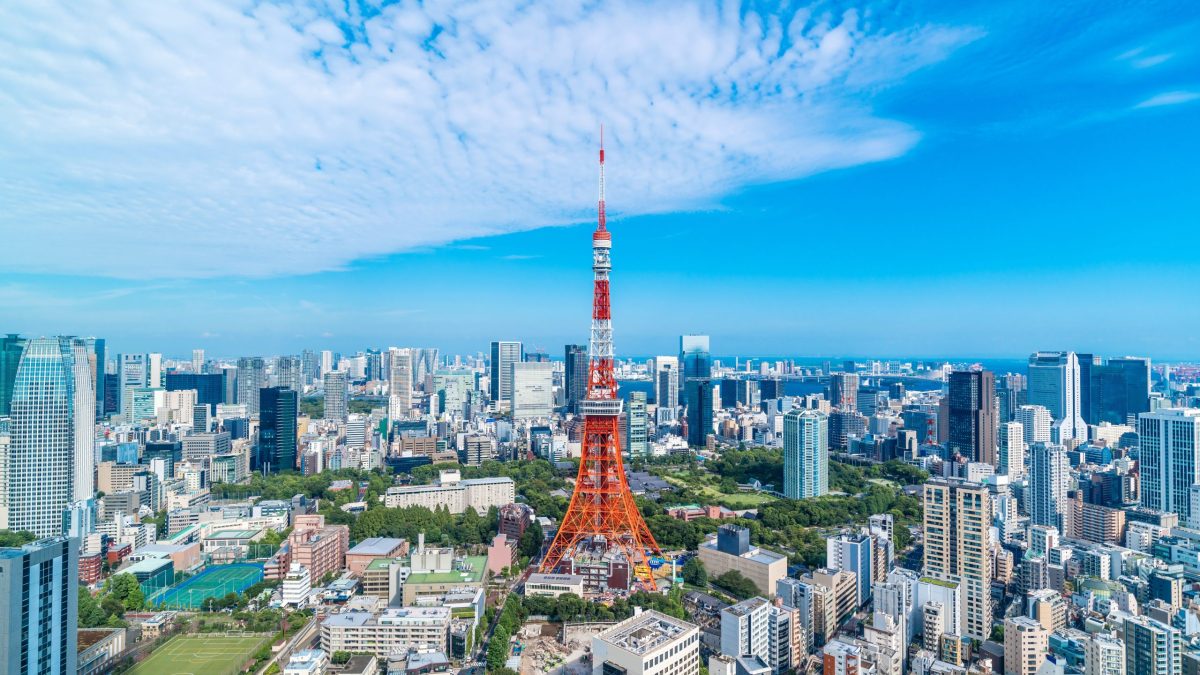
Perspectives
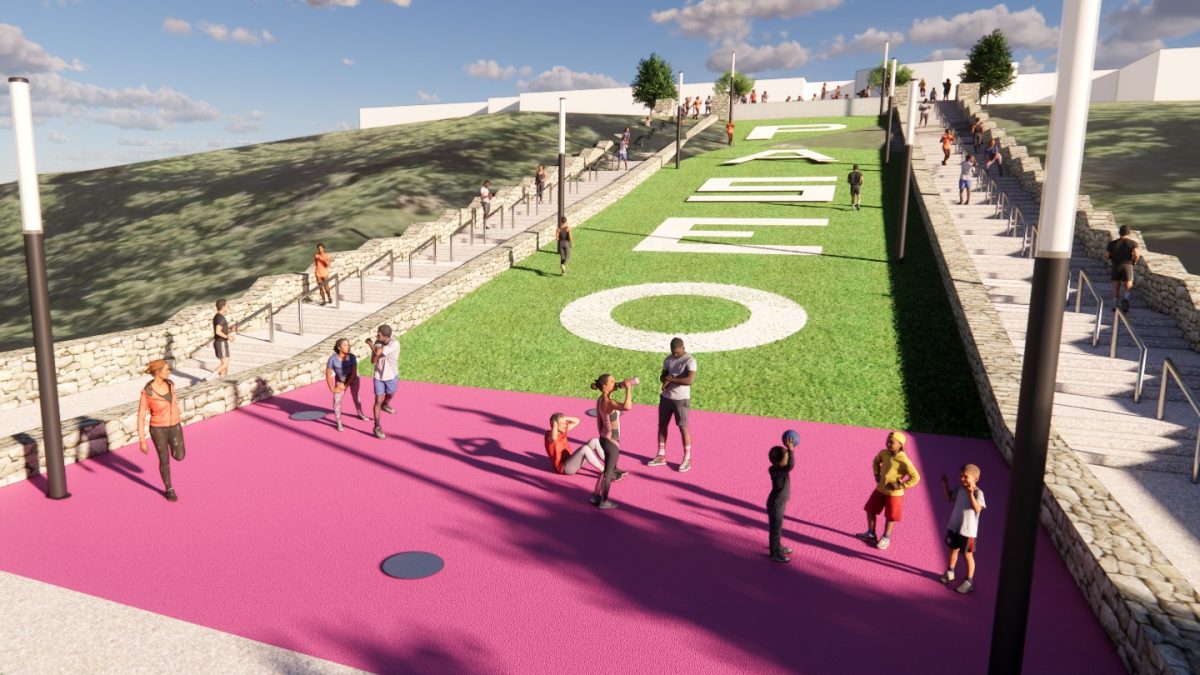
December 8, 2025
News

December 5, 2025
News
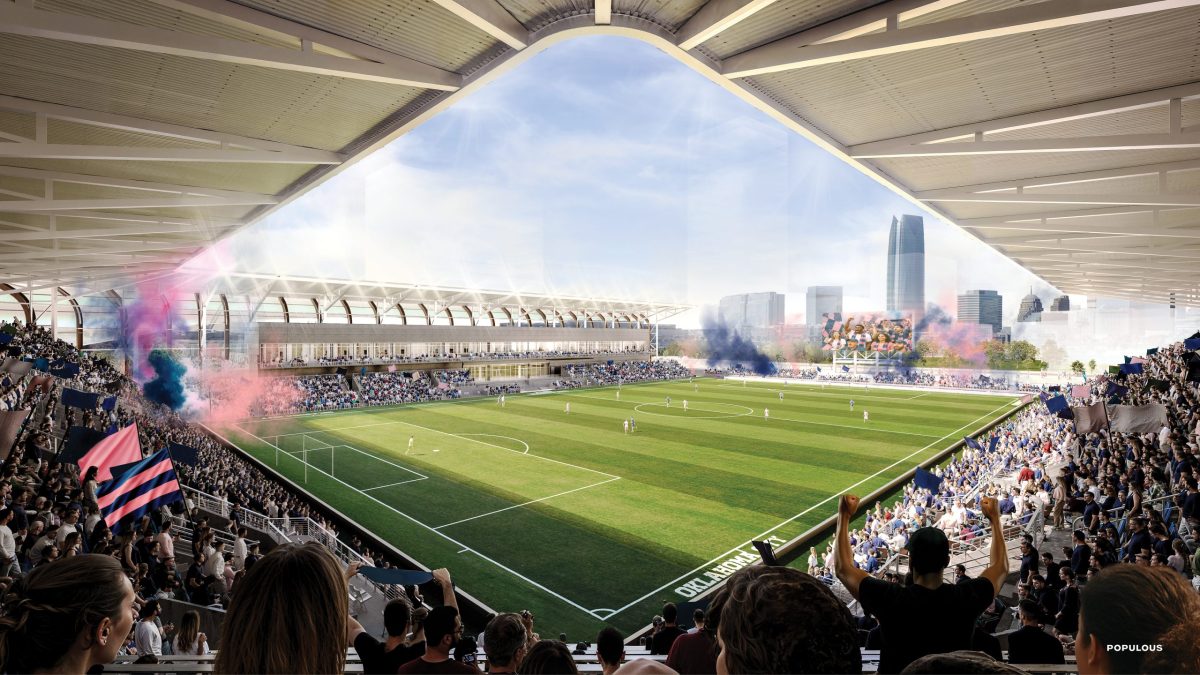
December 3, 2025
News

News

November 28, 2025
Perspectives
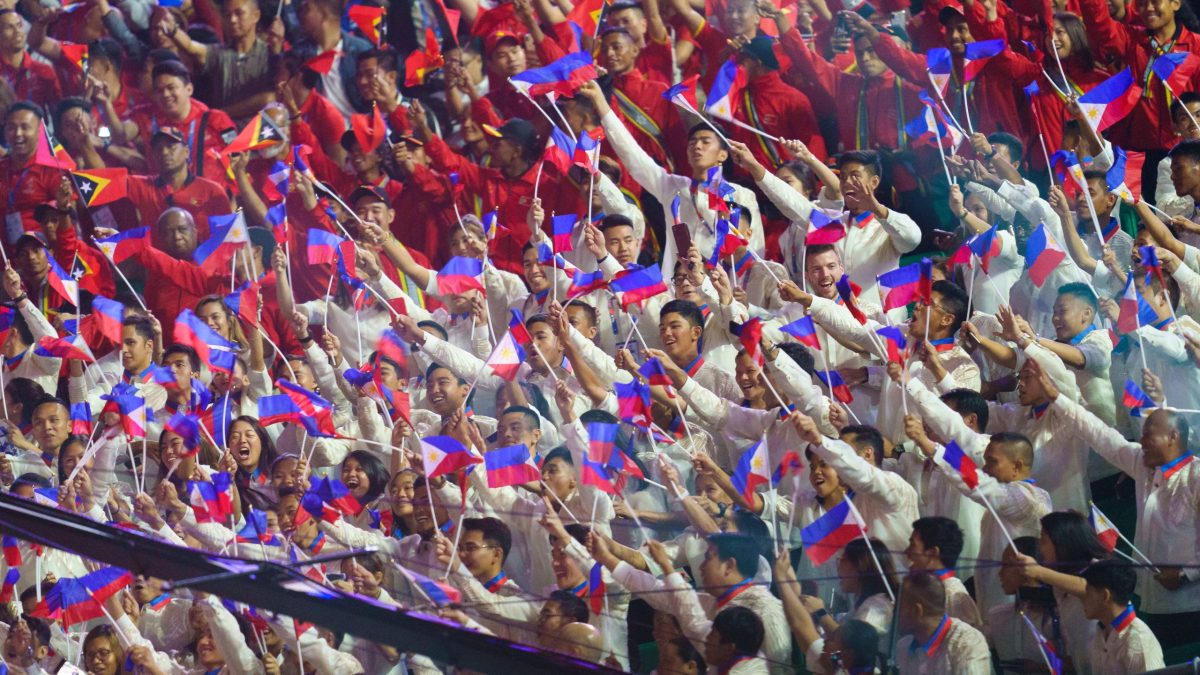
November 27, 2025
Perspectives

Lorem ipsum dolor sit amet consectetur, adipisicing elit. Non facere corporis et expedita sit nam amet aut necessitatibus at dolore enim quis impedit eius libero, harum tempore laboriosam dolor cumque.
Lorem, ipsum dolor sit amet consectetur adipisicing elit. Illo temporibus vero veritatis eveniet, placeat dolorem sunt at provident tenetur omnis, dicta exercitationem. Expedita quod aspernatur molestias eum? Totam, incidunt quos.